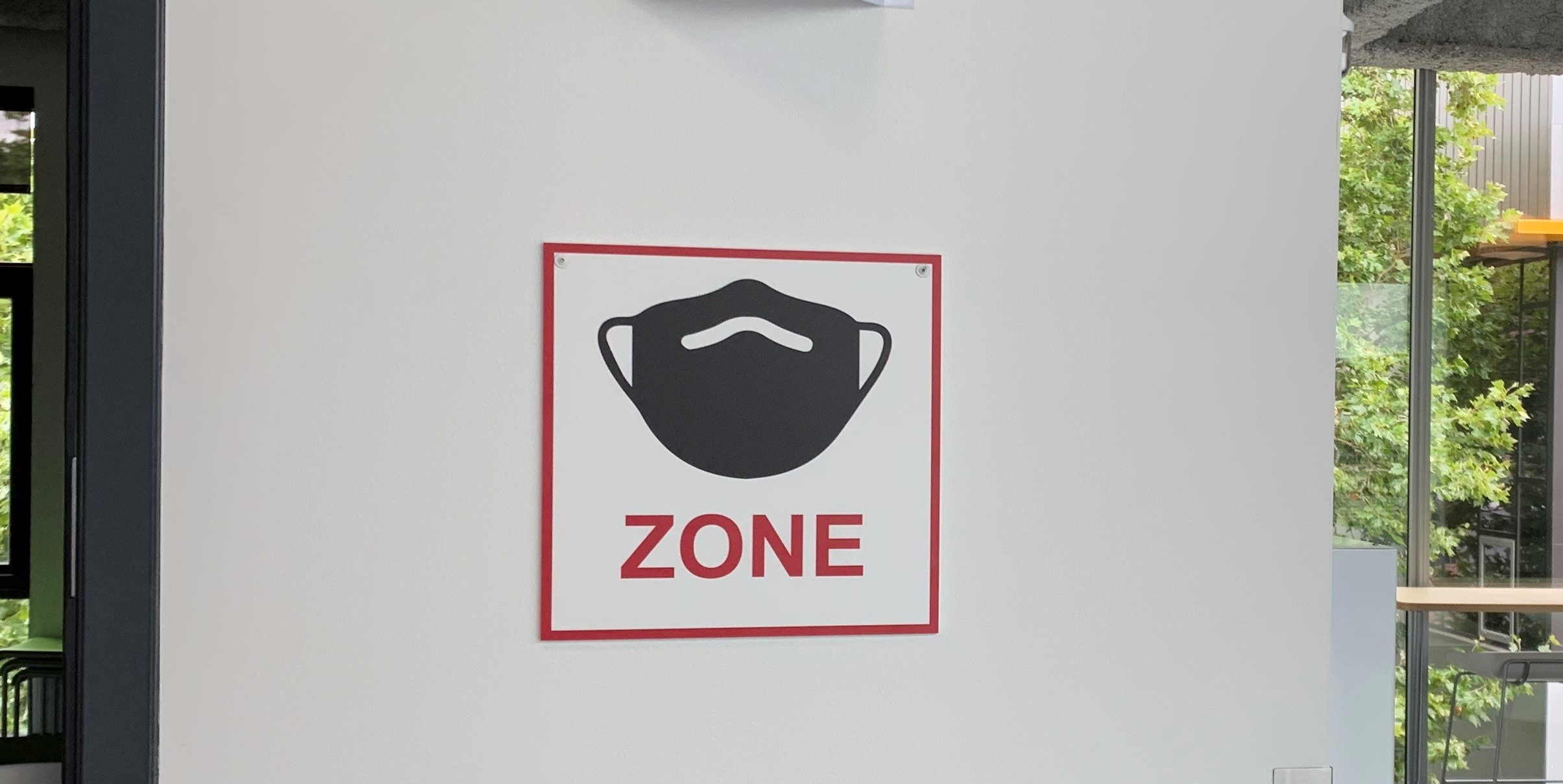
Mask Wearing Rationale
We want to make clear our thoughts behind our requirement that masks be worn while on campus. Here are some things to think about:
- Masks are the best tool we have: Robert Redfield the Director of the CDC said it all yesterday “These facemasks are the most important powerful public health tool that we have. If we did it (wore a facemask) for 6, 8, 10, 12 weeks we’d bring this pandemic under control. I might even go as far as to say that this facemask is more guaranteed to protect me against COVID than when I take the vaccine because the immunogenicity may be only 70% and if I don’t get an immune response the vaccine won’t protect me… this mask will”. https://www.cnn.com/videos/health/2020/09/16/mask-protection-coronavirus-vaccine-timeline-redfield-sot-cohen-nr-vpx.cnn
- Masks lessen exposure: What we know for sure is that masks mitigate the transmission of COVID and other viruses contained in larger droplets that come from speaking and even breathing. There is concern in the science community that there is also risk of transmission of even smaller particles that are aerosolized that may even render masks less effective but we can capture a great deal of the exposure with masks.
- Being outside helps (unless it’s smokey, and then it doesn’t): We also know that when we are outdoors these same risks are mitigated by the dilution of virus in the open air. Indoors we use mechanical means to filter the air and, while we have made improvements to the circulation, filtration and intake of fresh air, we cannot compare it to being outdoors. Indoors we rely upon systems to turn the air and the systems need time to cycle.
- Minimize contact: We know thatit is best to minimize the number of folks with whom we interact each day. The theory goes that we should know where each person (with whom we interact) has been and that we can measure the manner in which we interact with them based upon their exposure to others. Each time we interact with someone new to our circle we increase our risk of exposure and this risk is exponential. We know that exposure to new folks for more than 15 minutes at a time also increases the risk of transmission. So, while you may feel safer on campus than say, grocery shopping, extended time with a growing circle of friends needs to be carefully measured.
Here’s another reference on this:
SO… while on campus and especially indoors please follow mask protocols for your own safety and the safety of others.
WHEN TO WEAR A MASK:
- When you are with others face-to-face and even then please practice healthy social distancing of six feet or more whenever you interact in person.
- When you are forced to be closer than six feet, limit the time and do your best to avoid any physical contact.
- If you are interacting in the classroom environment with others and need to remove your mask to demonstrate, be mindful of these guidelines, increase the social distance and limit the time without wearing a mask.
- Masks with a valve may improve the experience (foggy glasses for example) but be careful to ensure that you are breathing through a minimum two layers of fabric.
…AND WHEN NOT TO:
- Feel free to remove yourmask when you are alone in a classroom or office space and remember to close the door to improve your room’s air circulation.
- While dining and drinking (around others) limit your time and be mindful of the guidelines. As soon as you are done eating or drinking please re-don a mask (preferably a clean one).

